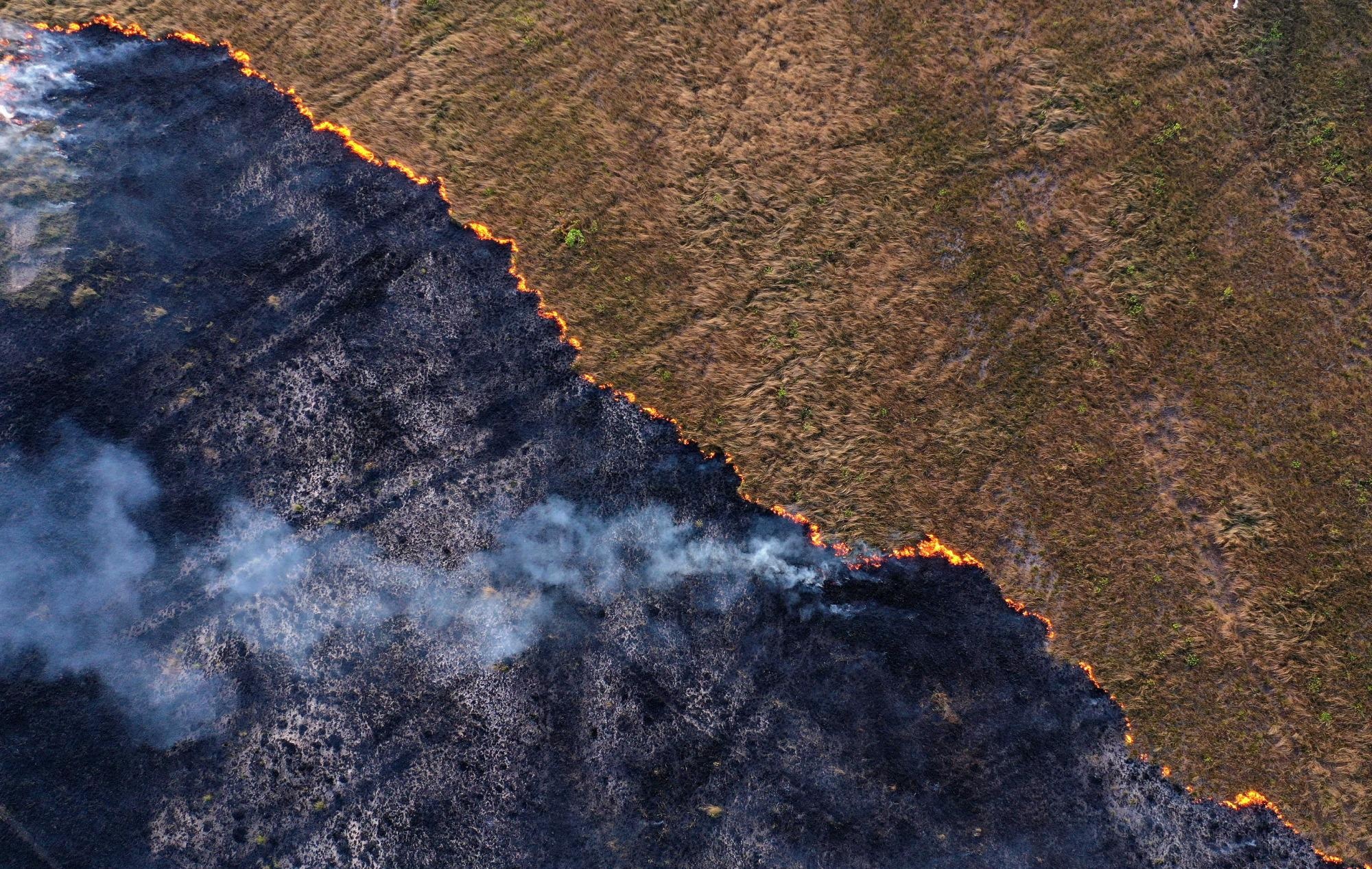In Western Siberia and Europe, permafrost peatlands are edging on a climatic tipping point a lot earlier compared to what was previously thought, researchers warn.

Image Credit: Shutterstock.com/ Mohd KhairilX
In these regions, the frozen peatlands store up to around 39 billion tons of carbon – which equates to twice what the whole of European forests could store.
Headed by the University of Leeds, a new study utilized the newest generation of climate models to analyze the potential future climates of these regions and the potential impact on their permafrost peatlands.
The estimations denote that even with the strongest measures to decrease global carbon emissions, and thus limit global warming, by 2040 the climates of Northern Europe will no longer be cold and sufficiently dry to uphold peat permafrost.
But powerful action to decrease emissions could help save suitable climates for permafrost peatlands in northern parts of Western Siberia. This is a landscape consisting of 13.9 billion tons of peat carbon.
The study reported in the journal Nature Climate Change highlights the significance of socio-economic policies targeted at decreasing emissions and reducing climate change and their role in identifying the rate and extent of permafrost peatland thaw.
We examined a range of future emission trajectories. This included strong climate-change mitigation scenario, which would see large-scale efforts to curb emissions across sectors, to no-mitigations scenarios and worse-case scenarios.
Richard Fewster, Study Lead Author and PhD Researcher, School of Geography, University of Leeds
Fewster continued, “Our modeling shows that these fragile ecosystems are on a precipice and even moderate mitigation leads to the widespread loss of suitable climates for peat permafrost by the end of the century.”
“But that doesn’t mean we should throw in the towel. The rate and extent to which suitable climate are lost could be limited, and even partially reversed, by strong climate-change mitigation policies,” added Fewster.
Huge stocks of peat carbon have been protected for millennia by frozen conditions but once those conditions become unsuitable all that stored carbon can be lost very quickly. The magnitude of twenty-first century climate change is likely to overwhelm any protection the insulating properties of peat soils could provide.
Dr. Paul Morris, Study Co-Author and Associate Professor, Biogeoscience, University of Leeds
The huge amount of carbon that is stored in the soil of peatland permafrost is especially endangered by the quick climate change of the 21st century. While permafrost thaws, the organic matter begins to decompose, thereby discharging greenhouse gases like methane and carbon dioxide. This increases temperatures and possibly expedites global climate change.
Peatland permafrost responds differently to changing climates than mineral-soil permafrost due to the insulating properties of organic soils, but peatlands remain poorly represented in Earth system models. It is vitally important these ecosystems are understood and accounted for when considering the impact of climate change on the planet.
Dr. Ruza Ivanovic, Study Co-Author and Associate Professor, Climatology, University of Leeds
Study co-author Dr. Chris Smith, from the School of Earth and Environment, stated, “More work is needed to further understanding of these fragile ecosystems. Remote sensing and field campaigns can help improve maps of modern peat permafrost distribution in regions where observation data is lacking. This would enable future modeling studies to make hemispheric-scale projections.”
Journal Reference:
Fewster, R. E., et al. (2022) Imminent loss of climate space for permafrost peatlands in Europe and Western Siberia. Nature Climate Change. doi.org/10.1038/s41558-022-01296-7.